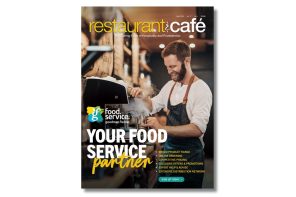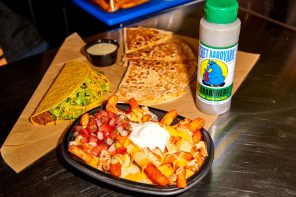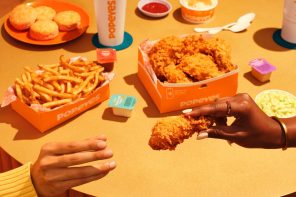
The Covid-19 pandemic has brought many new challenges and obstacles. The first Alert Level 4 in 2020 saw McDonald’s close all its restaurants for the first time in its 45 years of being in New Zealand.
“Prior to the latest lockdown, business momentum had been pretty good. After closing for over a month, our franchisees, their staff, and our suppliers have worked hard to deliver to our customer’s expectations,” said Simon Kenny, head of communications at McDonald’s New Zealand.
As with 2020, alert level 4 meant all McDonald’s restaurants were closed. Under level 3, it could reopen Drive-Thrus and offer McDelivery. Then, under alert level 2, it could reopen dining areas.
“While the media has once again hyped up the reopening of fast food under level 3, in reality, after the first day of excitement customer numbers pulled back quickly and Drive-Thru times were slower,” Kenny said.
When New Zealand moved to level 3, McDonald’s was able to offer contactless service through Drive-Thru and McDelivery to a large portion of its restaurants.
“We’ve also reopened with a restricted menu. This helps staff with operations under the alert level restrictions, and with our suppliers and distribution provider.”
Kenny had noticed that McDelivery had become more popular.
“People have been more inclined to stay home, and order food in. During the lockdowns we’ve also seen a lot of people miss their old favourites; classics like Big Macs, cheeseburgers, McNuggets and fries.”
Despite the snap lockdown catching everyone off guard, as soon as the restaurants closed McDonald’s began planning for their reopening.
“A large part of this was working with our suppliers and distribution company to create a scenario plan for restocking restaurants.
“With the relatively short notice when alert levels changed, this was a challenge. Our restricted menu helped mitigate some of the challenges, but the efforts behind the scenes were huge,” explained Kenny.
One of these efforts included the digital screens in McDonald’s restaurants and the McDonald’s app.
“This technology definitely helped communicate key messages relating to the alert levels, updated customers on how those level changes impacted McDonald’s, and enabled us to be nimble with menu changes.”
For McDonald’s, the full-service restaurant offering continues to be the most successful model for the quick-service restaurant.
“Drive-Thru, extended trading hours, playland, McCafe and a dining room meet the needs of a wide range of our customers.
“The McDonald’s app has grown quickly and continues to evolve, and from a brand experience perspective, we continue to work on both the last visit satisfaction as well as our relevance to customers.”
Kenny said McDonald’s would continue to adapt and evolve with its customers and staff’s changing needs and expectations, and focus on McDonald’s global business priorities.






